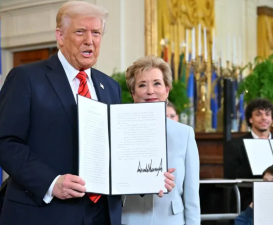In recent years, money laundering crimes have occurred frequently in European countries, and countless unknown funds have secretly flowed into the social economy.
In recent years, money laundering crimes have occurred frequently in European countries, and countless unknown funds have secretly flowed into the social economy.
According to statistics from the International Monetary Fund, the amount of illegal money laundering in the world exceeds 1.8 trillion US dollars each year, and it increases by hundreds of billions of US dollars each year. In order to combat international crimes such as money laundering, terrorism, and illegal financing, the European Commission has formulated and updated the EU Anti-Money Laundering Directive many times.

- The Past and Present of Anti-Money Laundering Law
In terms of anti-money laundering legislation, the European Union has always played a very active role. It is the founder and important member of the Financial Action Task Force on Money Laundering. Since it is not directly engaged in the management of financial institutions and the specific implementation of anti-money laundering regulations, the Convention on Search, Seizure and Confiscation of the Proceeds of Crime (i.e., the Strasbourg Convention) adopted by the European Commission as early as November 8, 1990 constitutes the basis of the EU's anti-money laundering legislation.
On June 10, 1991, the Council of the European Union formulated and issued the first anti-money laundering directive-the Directive on the Prevention of Money Laundering Activities Using the Financial System. The anti-money laundering obligations stipulated in the decree mainly apply to credit and financial institutions. On July 20, 2021, the European Commission announced a series of legislative proposals to strengthen the EU's anti-money laundering (AML) and counter-terrorism financing (CFT) rules.
Four legislative proposals were proposed, including "establishing a multinational EU Anti-Money Laundering Authority (EU AMLA)" and "implementing strict supervision of cash transactions of 10,000 euros across the EU."
On March 28, 2023, the European Parliament approved a plan to comprehensively reform the EU's anti-money laundering system, including the establishment of a new EU Anti-Money Laundering Supervisory Authority (AMLA). In addition, financial institutions and other anti-money laundering obligated entities must strengthen customer identification and reduce the proposed 10,000 euro cash payment limit to 7,000 euros.














